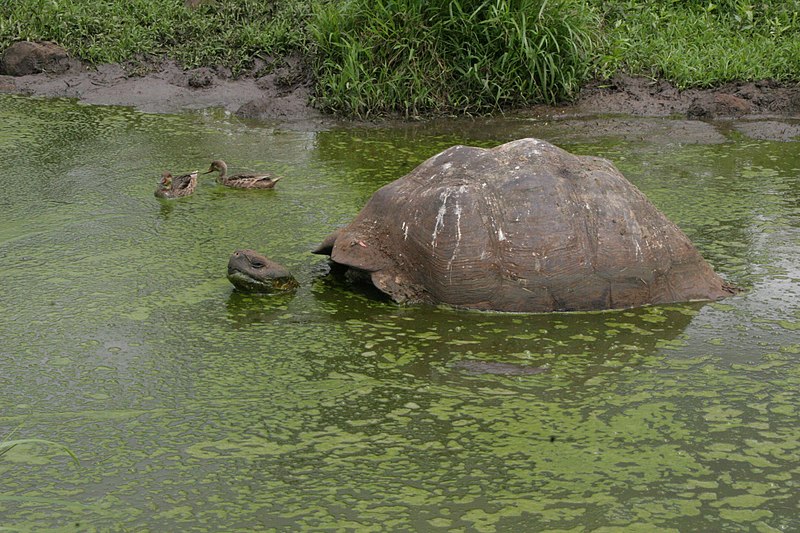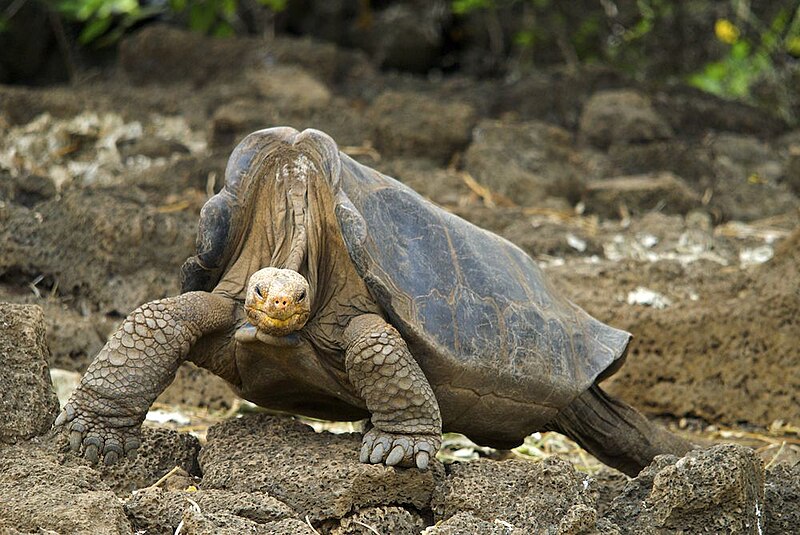3 dozen vulnerable giant land turtles, born and raised in the Galapagos park breeding project, have been unveiled to the highlands on San Cristobal in the Galapagos chain, in which their species is from.

Distribution around the archipelago: Giant tortoises location map in Galapagos
The Galapagos Park Authority reported the 36 creatures have been released on the east portion of San Cristobal island, in which an believed six,seven-hundred giant tortoises roam in their natural habitat.
The latest released individuals are categorized as the Chelonoidis chathamensis subspecies-one of 15 subspecies unique to the Galapagos, the place Charles Darwin's observation of wildlife and land turtles on distinct micro-environments led to his theory of adaptation.

The young ones are within 6 and eight yrs age-old, and have a bodyweight in between 3 and five kilograms (6.6-11 lbs) every.
The critters required time in quarantine and were examined for illness and harmful bacteria right before their liberation so as not to put at risk the remainder of the endemics, the park claimed.
The Global Union for Preservation of Nature (IUCN) lists Chelonoidis chathamensis, or Chatham land turtle, as endangered , though their figures are rising.

The slow-breeding critters can are living towards the chronilogical age of about a hundred or 150 and they are native on the Galapagos Islands within the Pacific Ocean off South America's coastline.
In accordance to the IUCN, the San Cristobal Giant Tortoise populace went through "catastrophic decline" due to the arrival of predators, opponents and vegetation change – from about 24,000 animals until recently to around 500-700 during the early seventies.
By 2016, the numbers had grown considerably to about six,seven hundred.
During the last 8 years, 75 of the original Chatham tortoises, bred in captivity, are actually reintroduced to to their original home.
http://edition.cnn.com/search/?text=Galapagos Tortoise https://en.search.wordpress.com/?src=organic&q=Galapagos Tortoise http://www.bbc.co.uk/search?q=Galapagos Tortoise



